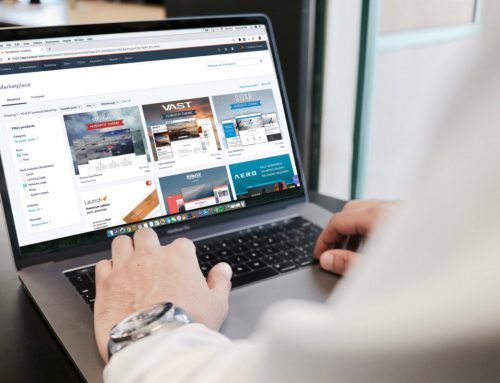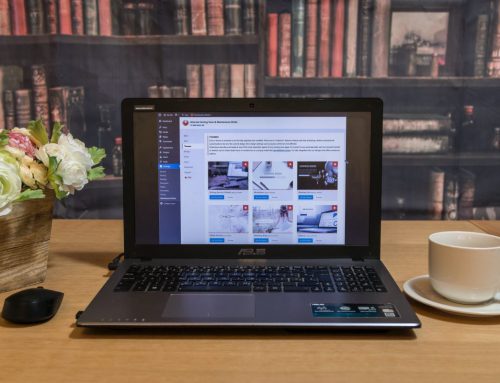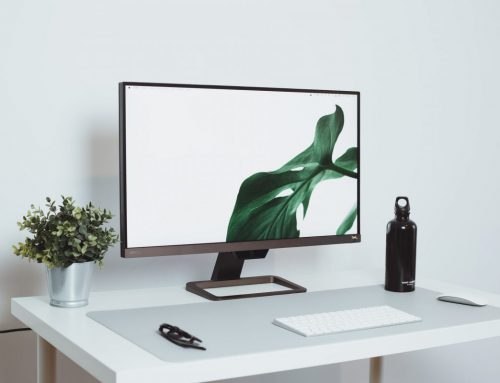Open-plan or open-space offices have become highly popular for a reason. According to Gensler, a global design and architecture firm, mostly open offices are the most effective and bring the most benefits. In such offices, everyone sits together, but there are on‑demand private spaces. Private spaces are indispensable even in an open-plan office: sometimes employees, especially CEOs with many responsibilities, need to focus and cannot be disturbed. How to balance open-space and private space? Read on to learn.
Advantages and disadvantages of open-plan offices
There is a reason why open-space offices are popular and deemed effective. First, they are not costly to build. They are also better for employee expansion. All workers can benefit from natural light and can see through windows. Open-space offices also promote transparency and communication between team members.
The main disadvantages are noise and distractions, which can reduce productivity. According to sound expert Julian Treasure, voices and phone calls are the most distracting sounds. And there is plenty of both in open-plan offices. Focusing is often necessary when finishing up important tasks. CEOs with lots of responsibilities might find it extremely important to focus.
Conference rooms and quiet spaces
Some things might not go too well in a noisy open‑plan office, for example, important meetings with clients. Offices usually have conference rooms that team members can book for some time. There, people can meet with no disturbances. And if there are no meetings, conference rooms can also be booked by people in open-space offices to finish a significant task with as little disturbance as possible.
However, one problem with conference rooms is that sometimes people use them too often to work in quiet. If you notice that they are booking these rooms too often for work, the disturbance level in the office is probably too high.
Some offices implement quiet spaces. There are several ways to do this. Some offices take a big conference room and transform it into several smaller ones. Glass doors make the workers visible but give enough privacy. You could also set up some desks and chairs with screens or movable barriers. After all, Gensler’s study showed that a fully open office is not that effective. One with barriers high enough that you need to stand up to see your colleague is much better.
There is also another way to incorporate quiet spaces into your offices easily: pods.
Pods – easy incorporation and quiet, comfortable work
If you do not have too much space, consider buying an office pod, also known as a work pod. Office pods are designed to accommodate one person and create a quiet environment with no distractions to boost productivity. Pods usually fit a desk and a chair, as well as sockets to plug the laptop in. While others can see the worker through glass doors, they cannot hear them. The person inside will not be as distracted by things happening around. They will also not look approachable for meaningless chats, which can disrupt the workflow. Work pods can be extremely beneficial for CEOs.
We recommend hushWork.sit&stand work pod. As you probably already heard, sitting 8 hours per day is considered to be bad for you. It is best if you can use an adjustable desk that works both for standing and sitting. This is what Hush Office offers in this particular pod. It also has great acoustics: it converts the blaring 70db open office noise to 36db, like the singing of birds. It also makes your speech inside barely audible outside. You can fit any chair inside, including chairs with armrests: check out our article on whether you need armrests for office chairs.
Hush Office also offers a hybrid pod for long meetings and webinars, but we do not recommend it. Although they claim the chair is soft and comfortable, it cannot be adjusted and can be bad after a long time. The monitor is also unnecessary as it can dry out your eyes.
Other tips on focusing in the open-plan office
If you cannot afford a pod or conference room right now, there are simpler things you can do to focus in an open‑plan office. Here are some tips:
Use headphones. Some people find that certain music can help them focus. There are also headphones specifically for canceling noise. You could also use earplugs which can be bought in a pharmacy.
Request a desk away from the center. While this method cannot guarantee complete silence, it will decrease noise and can help you focus better.
Set up times for meetings. If you have meetings throughout all day, it can seriously disrupt your working progress. Only have meetings at certain times, so you can focus on completing tasks during other parts of the day.
Are your work hours flexible? Perhaps you can spend some time working from home or at cafes? Use this. You can often focus easier in other places: choose the one that works best for you.
We hope you will be able to apply some of those tips in an open-plan office to stay focused. But it may not be only the noise that is bothering you in the office. Read about healthy office setup and office design for mental health.








Leave A Comment